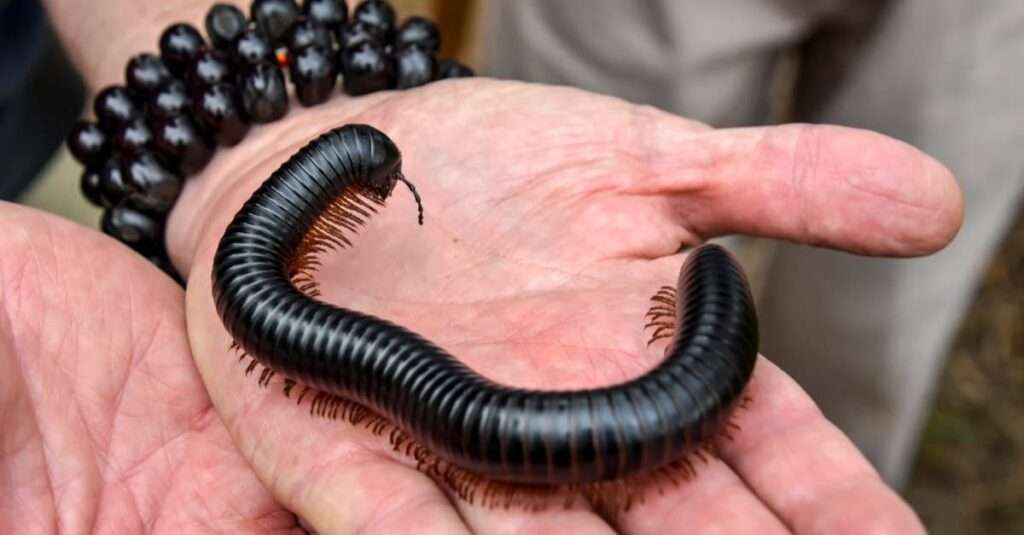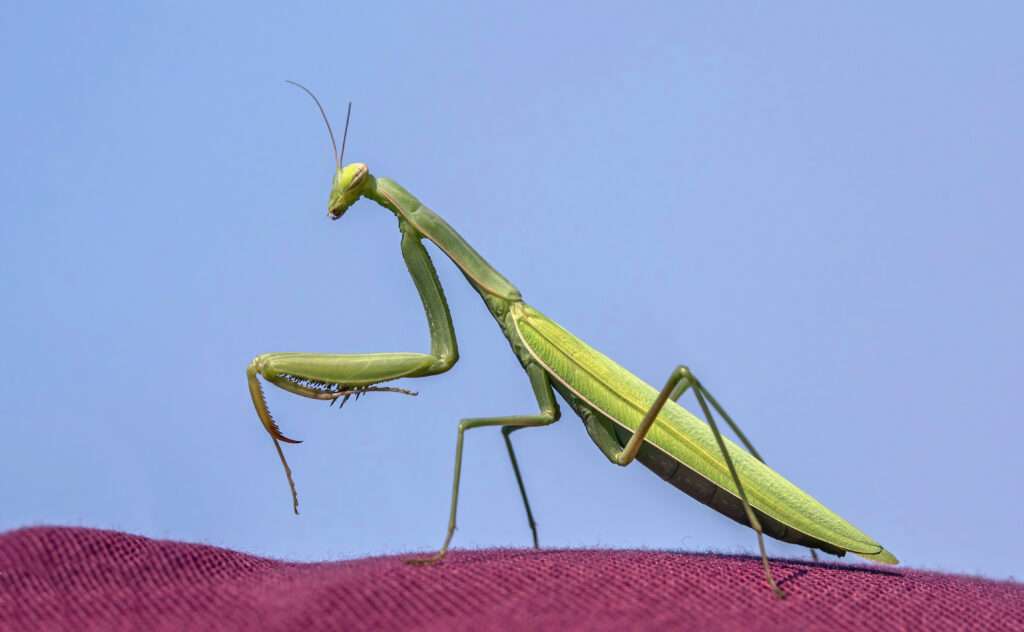
The largest group of insects is the Coleoptera, which includes beetles. About 40% of all known insect species are beetles, which have 350,000 different identified species. An estimated 800,000 to 1 million species are alive today. Beetles are found practically everywhere, although not in the ocean or in extreme cold climates like Antarctica.
Early in their evolutionary history, beetles underwent significant adaptive radiation. The diversification of beetles was aided by the evolution of flowering plants. The primary food of four of the six largest beetle families is blooming plants.
Habitats
Beetles have a variety of on-land habitats. Many are lying on the ground or buried behind debris. Numerous varieties can be discovered on plants, in rotting wood or plants, carrion, fungus, and excrement.
Diet
There are many scavenger beetle breeds. The majority of beetles are herbivores, meaning they only eat plants. Beetles consume a wide variety of foods, including rotting and living plants, dead and alive animals, and animal waste. While some beetles only consume one kind of food, others can consume both plants and animals. Host-specific beetles are those that have a single food preference. Numerous longhorn beetles and leaf beetles are host-specific.
Beetles Exoskeleton
The head, the thorax (the middle part), and the abdomen make up the body of a beetle, just like other insects (the back part). Beetles have eyes, a mouth, and antennae (feelers) on their heads. The beetle’s thorax is where its legs and wings are linked. A beetle’s abdomen often does not have any distinctive features on the outside, but it does contain the beetle’s digestive system. Beetles, like other insects, lack internal bones in favour of an external exoskeleton that is hard and shiny. Hard chitin plates make up the exoskeleton.
Body Parts
- Wings
A beetle’s back wings are transparent. This insect flies by flapping its rear wings. The front wings are stiff and raised. Its stiff front wings conceal the beetle’s hind wings.
Because of the evolution into hard covers, or elytra, beetles’ front wings set them apart from other flying insects. The rear wings accomplish flying. They are kept under the elytra when at rest and are slender.
- Legs
Beetles can walk, run, swim, and dig with their legs. All beetles have six legs, which are composed of various sections. Tarsi are the two to five tiny segments at the end of each leg. Each beetle “foot” contains a single or many claws on the end of the final tarsus (the singular of tarsi). Some beetle legs have long hairs and are flat.
- Eyes
The two large, glossy eyes on a beetle’s head are actually made up of numerous smaller pieces because beetles have compound eyes. There are occasions when each of the two eyes is split in half, giving the appearance of four eyes. Whirligig beetles, a species of beetle, have split eyes that enable them to see both above and below the surface of the water while swimming.
- Antenna
Beetles can smell things with their antennae. Beetles can sense their surroundings by using their antennae. The appearance of beetle antennae varies. While some antennae are short and wide, others are long and narrow. Filiform antennae are described as being thin, and clavate antennae are described as having a wide end.
- Mouth
A beetle’s mouth is significantly dissimilar from a person’s mouth. The front of the mouths of most beetles feature two hard mandibles that resemble teeth. The beetle’s mandibles aid in digestion by chopping and crushing food. The mandibles of certain beetles resemble large pincers. Additionally, beetles have four “fingers” that they use to force food into their mouths. They are referred to as palpi.

Number of Species
There are an estimated 350,000 described species of beetles (Order Coleoptera). There are over 30,000 different species of beetles in the US. These numbers are continuously increasing as a result of taxonomists designating new species. Some species are following:
Keeping Mature Beetles as Pet
Enclosure
The habitat that beetles require differs from that of their larvae, depending on the kind of beetle. In most cases, the following enclosure will do:
A glass or plastic tank or terrarium with a layer of moist soil that is at least two inches thick and several bits of bark or wood on top of this soil. To ensure that the beetle has adequate room to move around, the tank’s height and width should be at least five times as long as it is wide, but a larger area is ALWAYS preferable. Add some branches or twigs to the terrarium so the beetle has somewhere to stand.
Temperature and Humidity
The best technique to warm the beetle terrarium is with a heat-emitting light bulb. Any standard incandescent bulb will accomplish this. It is analogous to the sun since the lamp’s emission heats the terrarium. The beetles can then decide whether to hide in the shade to get cooler or to bake in the sun to get hotter. Only in this way can beetles alter their internal body temperatures. Heat mats or a heat cable can be used to further warm the enclosure if one light bulb is insufficient.
Owner may mist the area with water to raise the humidity. The beetles could drown in a water bath or something similar if you provide it for the enclosure.
Table





